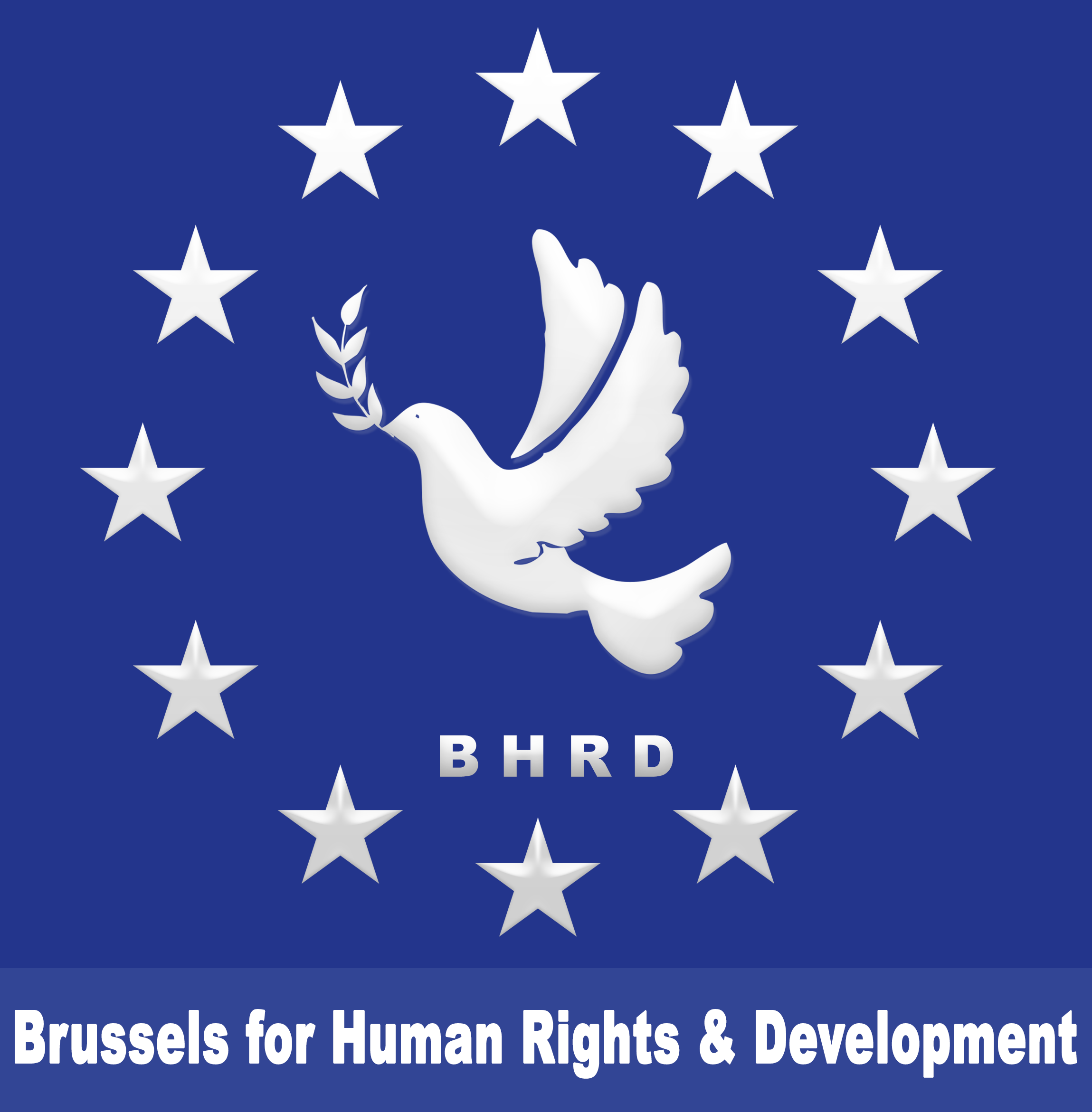Okinoerabu Island – On this small island of just 12,000 residents, a family has embarked on a mission that intertwines the preservation of their indigenous language with environmental conservation, garnering international recognition in the process.
Reviving a Language
Nami and Tomoyuki Sao, both born on Okinoerabu Island, had not mastered Shimamuni, a local variety of the Kunigami language, during their childhoods. This linguistic heritage is now classified as “definitely endangered” by UNESCO. Concerned by this, the Sao family decided to take action, intertwining the preservation of their mother tongue with a range of community activities.

A Family’s Commitment
The Sao family, including their four children, initiated beach clean-ups while engaging in Shimamuni language activities. Their efforts extended to cooking traditional dishes, offering haircuts to nursing home residents, and participating in arts and crafts. These activities were part of a broader mission to foster eco-conscious Shimamuni speakers, ensuring the language’s survival through community engagement.
Impacting Environmental Awareness
Utilizing the Shimamuni language has not only helped transmit local knowledge to younger generations but also improved communication about environmental issues with elderly islanders. This has been crucial in addressing misconceptions about marine litter, emphasizing the need for proactive waste management.

Global Recognition
The Sao family’s efforts culminated in their presentation at the seventh International Conference on Language and Education in Bangkok, Thailand, co-hosted by UNESCO. Their story resonated with over 450 language experts and participants, highlighting the critical role of linguistic diversity in achieving Sustainable Development Goals (SDGs) at the local level.
A Vision for the Future
Tomoyuki Sao emphasizes the importance of real-life experiences over formal education for his children, aiming to empower them to make a difference. His wife, Nami, shares this vision, hoping their children will carry their language and culture with them, regardless of where they live.
As the world grapples with environmental challenges and the erosion of linguistic diversity, the Sao family’s initiative stands as a beacon of hope, demonstrating that safeguarding cultural heritage can drive sustainable development and community resilience.
Reference Here


 العربية
العربية